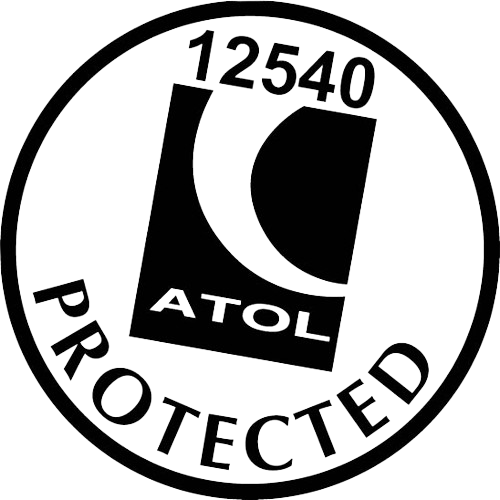Get in touch
Machu Picchu and Cusco, Peru
Unveil the Mysteries of Ancient Civilizations: Explore the Majestic Ruins of Machu Picchu and the Rich Cultural Tapestry of Cusco, the Historic Capital of the Incas
Machu Picchu and Cusco: A Journey to the Heart of the Inca Empire
Perched high in the Andes Mountains of Peru, Machu Picchu stands as a testament to the ingenuity and spirit of the Inca civilization. This awe-inspiring ancient city, rediscovered in 1911 by Hiram Bingham, continues to captivate explorers and historians with its intricate stone constructions and panoramic vistas. Cusco, once the heart of the Inca Empire, serves as the gateway to Machu Picchu and enchants visitors with its cobblestone streets, colonial architecture, and vibrant markets. Together, Machu Picchu and Cusco offer a profound journey into the past, where the mysteries of ancient traditions are woven into the fabric of daily life.
Key Islands and Attractions:
Machu Picchu: The iconic stone citadel, featuring the Temple of the Sun, the Intihuatana stone, and the Room of the Three Windows, set against a backdrop of lush mountainous terrain.
Sacsayhuamán: An impressive Inca fortress overlooking Cusco, known for its massive stone walls constructed with incredible precision.
The Sacred Valley: A fertile valley once vital to the Inca economy, dotted with archaeological sites like Ollantaytambo and Pisac, along with traditional Andean villages.
Qorikancha (Temple of the Sun): Located in Cusco, this was one of the most important temples in the Inca Empire, dedicated to the worship of the sun.
San Blas: A bohemian neighborhood in Cusco, known for its narrow streets, artisan workshops, and the beautiful San Blas Church.
Must-See Sights and Experiences:
Hike the Inca Trail: Embark on the classic four-day trek along the Inca Trail, culminating in the unforgettable sunrise view of Machu Picchu from the Sun Gate.
Explore the Maras Salt Pans: Visit the ancient salt pans, still in use today, where crystalline ponds shimmer against the green of the Sacred Valley.
Sample Andean Cuisine: Savor traditional dishes like cuy (guinea pig), alpaca steak, and chicha morada (purple corn drink) in Cusco's top restaurants.
Attend a Traditional Weaving Demonstration: Learn about Andean weaving techniques and the significance of textiles in Peruvian culture in the Sacred Valley.
Visit the Pisac Market: Immerse yourself in the vibrant atmosphere of the Pisac market, where you can find handcrafted goods, local produce, and traditional Peruvian textiles.
Latest Tailor-made Offers






Latest Hotel Offers
Top Luxury Hotels
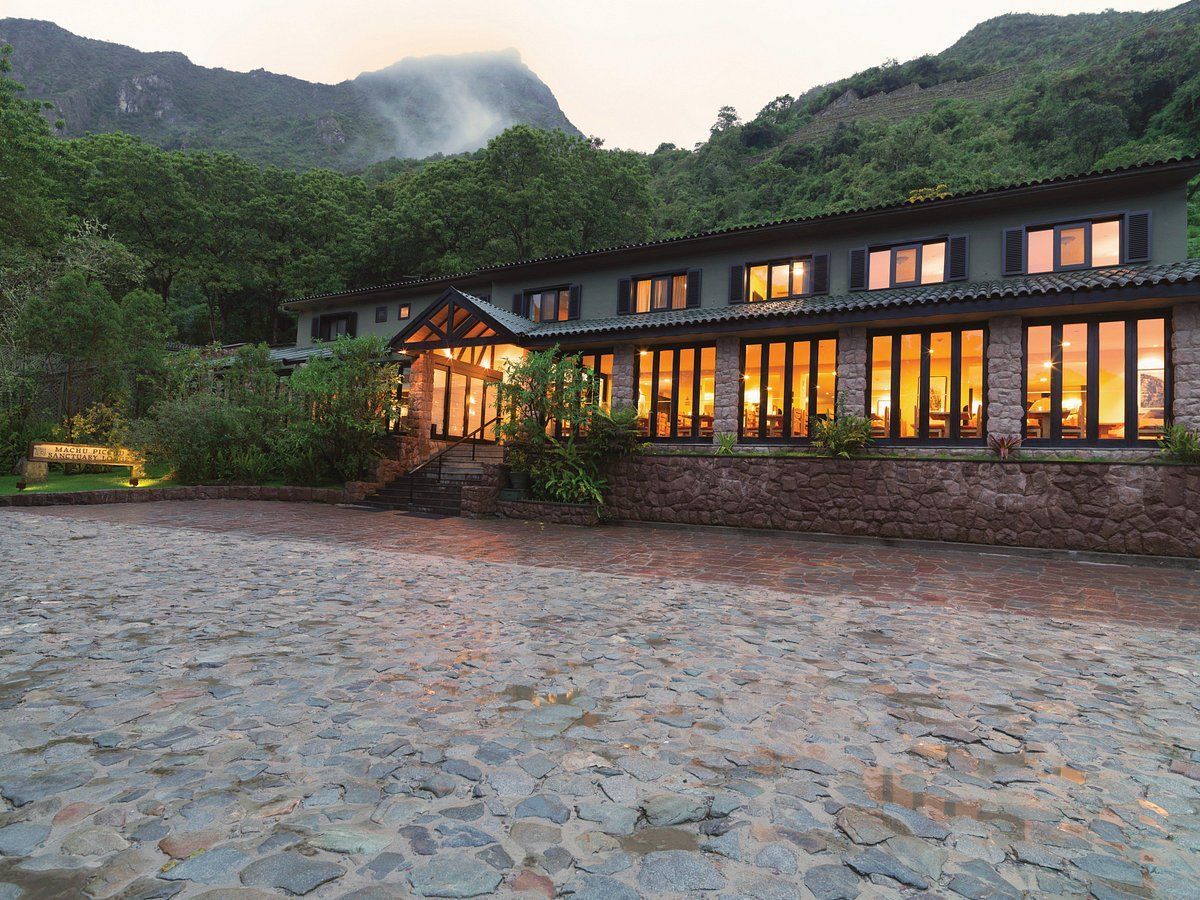
Belmond Sanctuary Lodge, Machu Picchu
The only hotel located adjacent to the ancient Inca citadel, offering exclusive access and spectacular views.
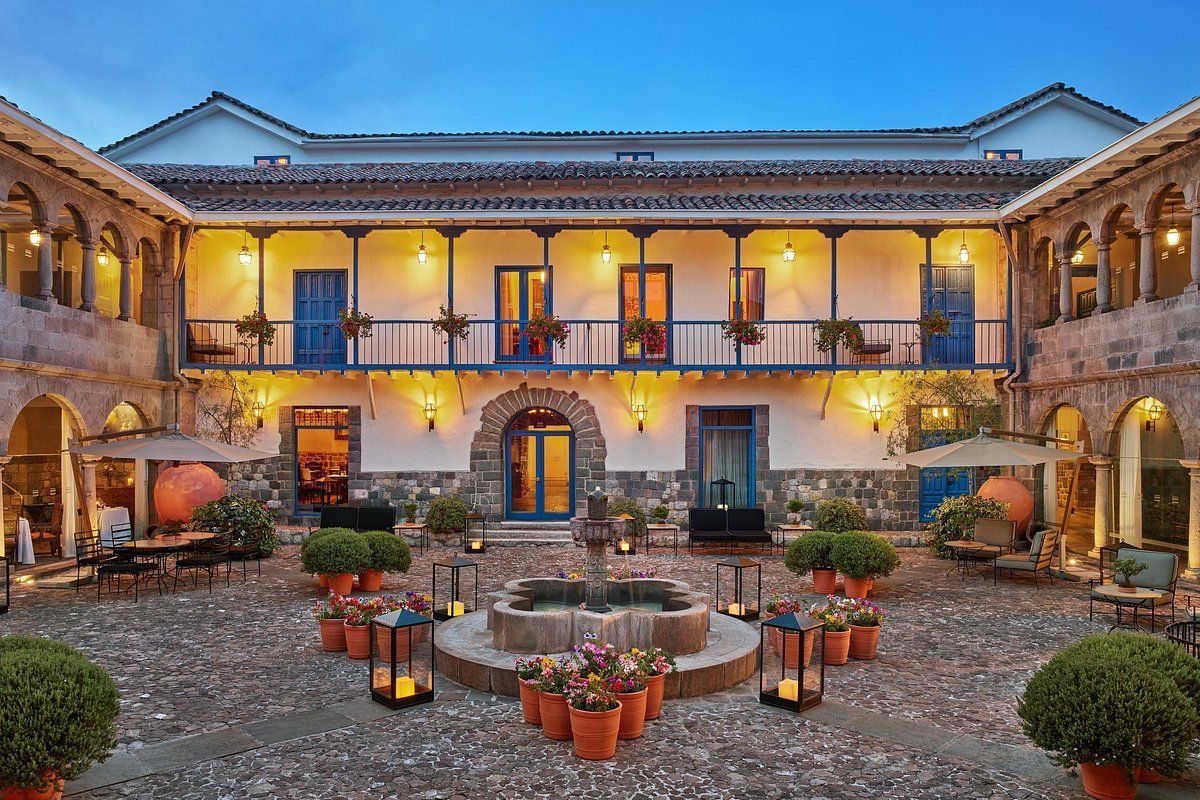
Palacio del Inka, a Luxury Collection Hotel, Cusco
A colonial mansion turned five-star hotel, blending historic charm with luxury amenities, located near Cusco's main square.
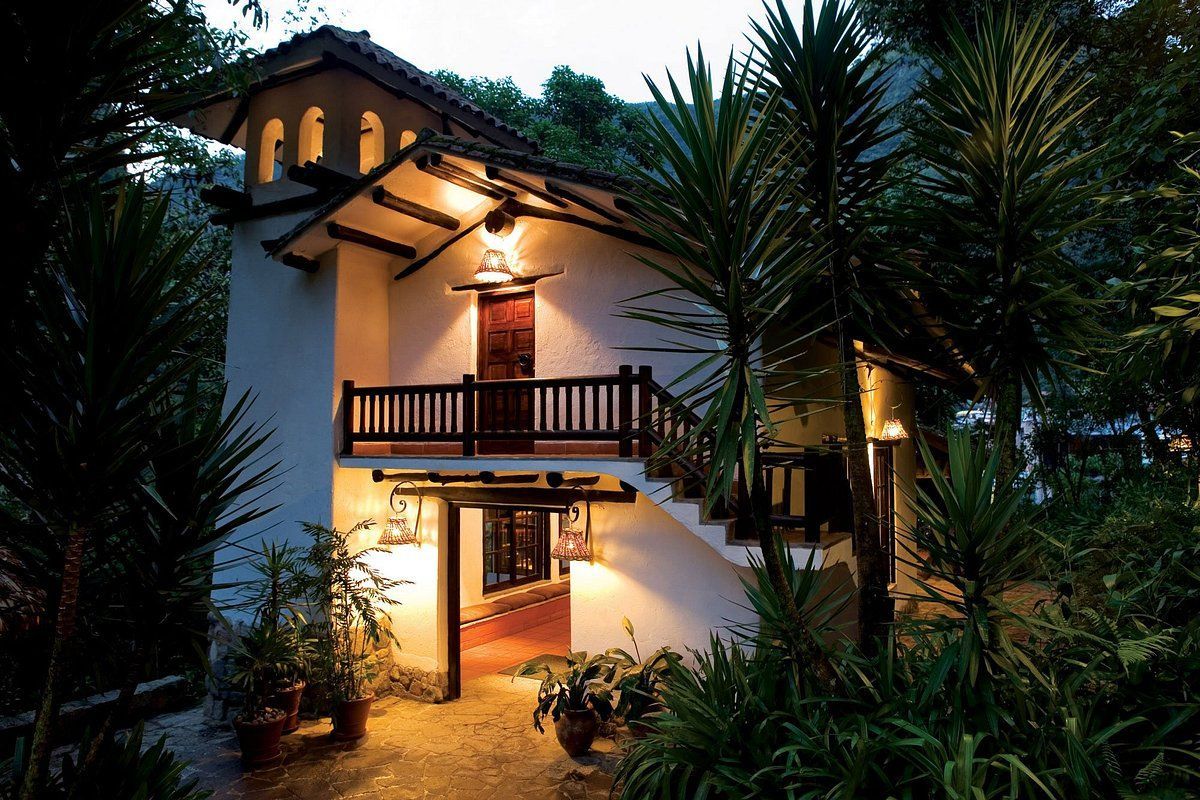
Inkaterra Machu Picchu Pueblo Hotel
A boutique hotel set in the cloud forest at the base of Machu Picchu, offering a serene retreat with Andean-style casitas.
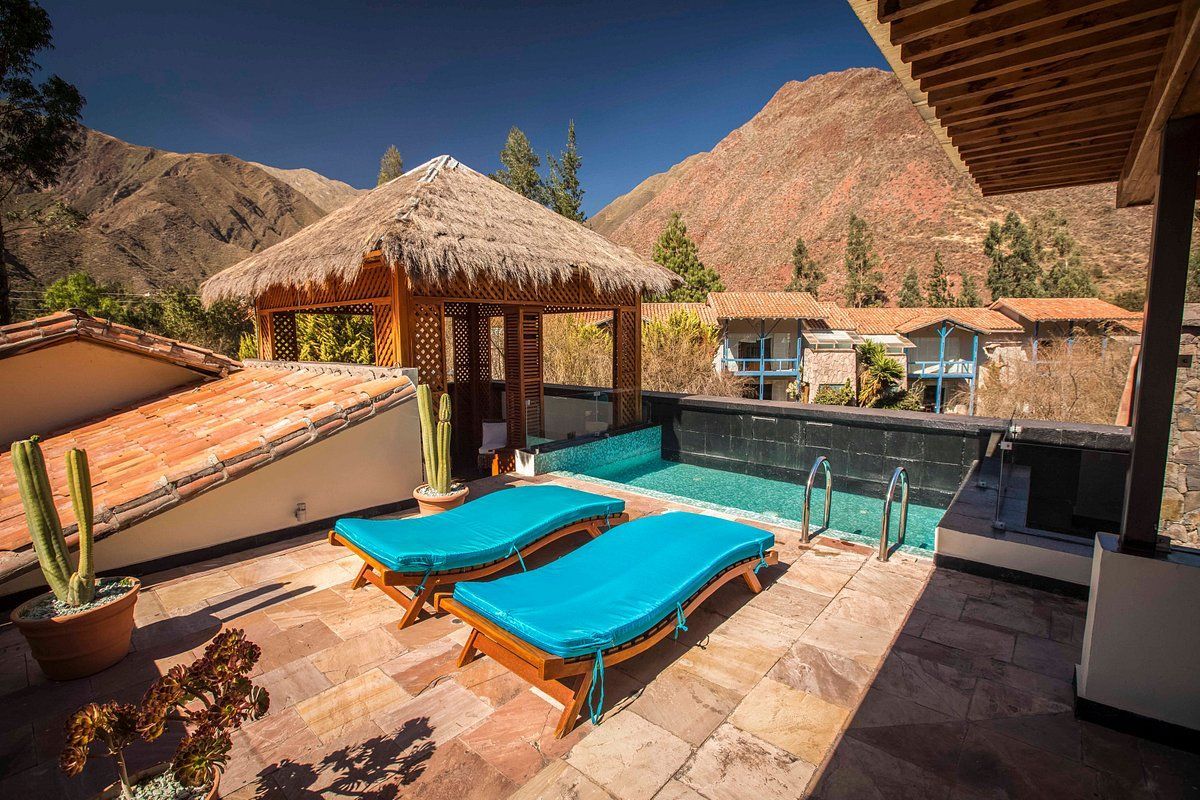
Aranwa Sacred Valley Hotel & Wellness
Located in the Sacred Valley, this hotel is set on a 17th-century colonial hacienda, offering a peaceful base for exploring the region.
Insider Guides and Tips:
Best Time to Visit: The dry season from May to September is the best time to visit Machu Picchu and Cusco, with clearer skies and cooler temperatures.
Altitude Sickness: Cusco and Machu Picchu are at high altitudes. Acclimatize in Cusco for a few days before exploring further and stay hydrated.
Machu Picchu Tickets: Purchase your tickets to Machu Picchu well in advance, especially during peak season, as entrance is limited to preserve the site.
Respectful Exploration: Machu Picchu is a UNESCO World Heritage site and sacred to many. Respect the environment and follow guidelines during your visit.
Cultural Etiquette: Embrace the local culture with respect. Learn a few words of Quechua to connect with locals and show appreciation for their traditions.
Opening Times: Monday to Sunday 09:00 - 20:00 | Saturday 09:00 - 18:00 | Sunday 10:00 - 18:00
Kullaborne Travel Limited acts as an agent in respect of all bookings made on our website or by telephone. For all bookings, your contract will be with the applicable Supplier/Principal (e.g. tour operator/airline /accommodation /cruise provider) of your chosen travel arrangements and Kullaborne Travel Limited acts only as an agent on their behalf. All flight-inclusive holidays featured on this website are financially protected by the ATOL scheme and in accordance with the holiday provider’s ATOL licence. When you pay for your flight-inclusive holiday you will be supplied with an ATOL Certificate, and fully supported through ATOL (ATOL 12540 ). Kullaborne Travel Limited is registered with UK Companies House with registered number 15232567 and our VAT number is GB 461158206.
© 2024 Kullaborne Travel Limited

